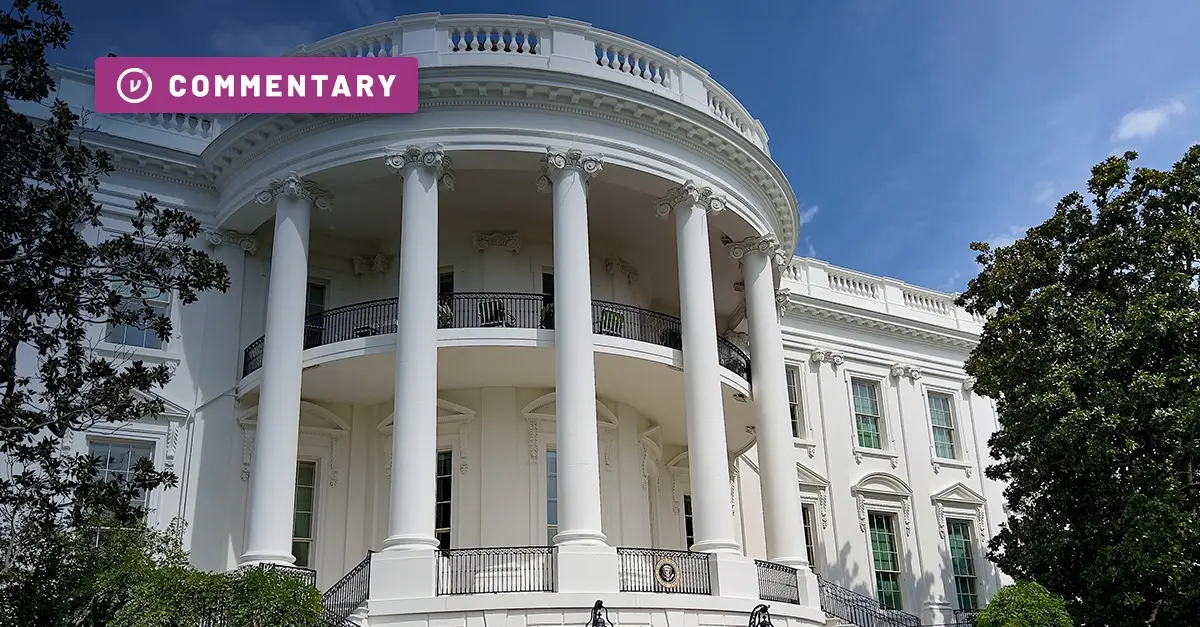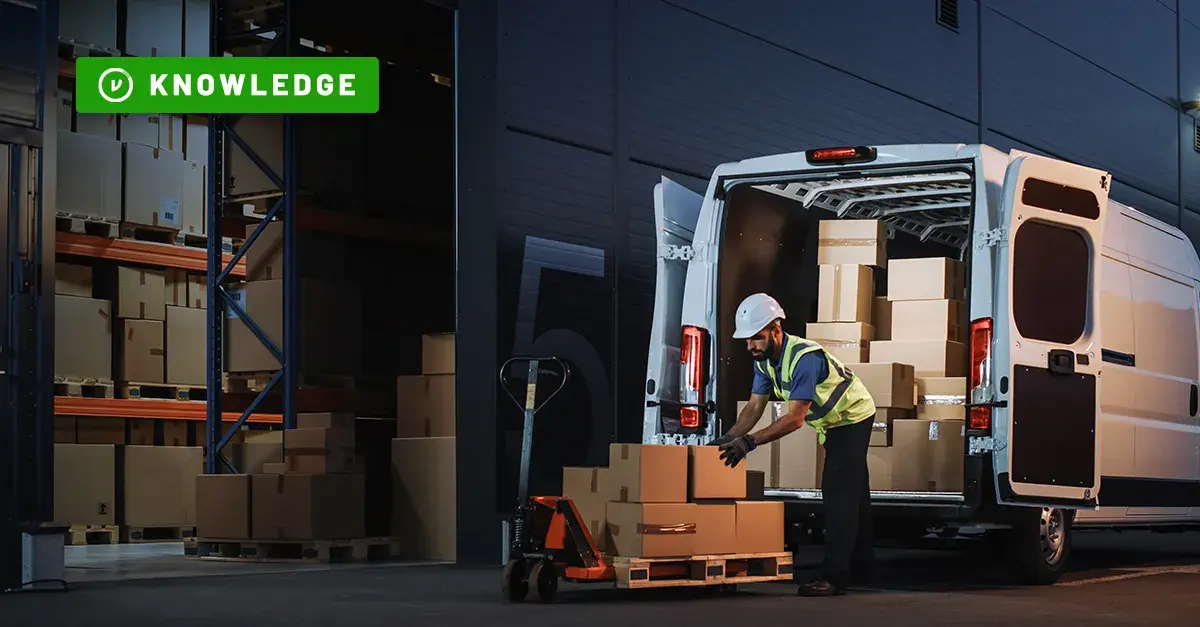Fact: Human error will always be a top contributor to data leaks - a Stanford Research study in 2020 coined 88% as the quantity of data breaches resulting in an employee mistake. So while empowering employees with capabilities to proactively secure and encrypt data, we know a net is needed for times when we fail to protect the right data.
But you don’t need numbers to believe that fact when it’s in the news constantly; we’re constantly hearing stories like the Equifax Breach, or more recently the U.S. Military mistakenly addressing sensitive emails to Mali for over a decade. (There’s a dark side of auto-complete with email, once you’ve typed it wrong, you may just be reiterating the same mistake over and over and over….)
Another fact: human error is entirely unavoidable, particularly when it comes to sharing sensitive data both inside and outside of your network. You can’t stop blunders, but you can catch and correct mistakes before it’s too late.
For data traveling outbound and inbound to your network, cloud encryption gateways are one way to do it.
So, What Is Gateway Encryption?
An outbound and inbound cloud encryption gateway is a comprehensive security approach that focuses on both the data leaving and entering your organization's network. By functioning at the gateway - the boundary where your data interacts with the external digital world - this encryption method ensures every piece of sensitive data is protected, no matter its direction of travel.
Outbound encryption is especially important to prevent sensitive information from being exposed during transmission, reducing risks associated with human error and potential data breaches. It automatically encrypts data based on predefined rules and criteria, identifying and protecting sensitive information before it leaves your network.
On the other hand, inbound encryption safeguards your organization by scanning and encrypting incoming data. It serves as the first line of defense against inbound threats, ensuring that any sensitive information coming into your network is already protected upon arrival.
Gateway encryption operates unobtrusively, maintaining a seamless end-user experience. It not only helps maintain regulatory compliance with standards like HIPAA, CMMC, FTC Safeguards, and more, but it also provides persistent protection for your sensitive data, both within and outside your network. Hence, regardless of where your data travels or comes from gateway outbound and inbound encryption ensures it remains secure.
Anatomy of DLP Rules
All of this automated encryption hinges on DLP, or Data Loss Prevention, which in this case is built on a series of security rules that determine what gets encrypted and what doesn't. The gateway scans data moving in and out of the network via email or SaaS apps, and abides by the set DLP rules. What does this look like? Well - it can work in many different ways, and each business will use it differently.
Regex Rules
Regex, or Regular Expressions, is a straightforward method for searching pre-defined patterns in data. It's easy to implement, making it an ideal choice for operations dealing with structured, predictable data in standard formats. This approach works especially well if you can predict the sensitive information that needs to be flagged for encryption in your workflows. To see Regex in action, check out this Next Insurance case study.
The Virtru Data Protection Gateway: Automated Protection with DLP
With the Virtru Data Protection Gateway, you're getting a system designed to adapt to your needs, no matter how unique or complex. It works for your organization’s email and SaaS apps regardless of the browser or device your employees are using - mobile, tablet (any mail app), any browser, etc. The coverage will always be there. Here's how the Virtru Gateway works.
With Virtru's encryption protection and access control, powered by the Trusted Data Format, users will maintain control over the encrypted data wherever it travels, helping you stay compliant with HIPAA, FERPA, GLBA, or other privacy regulations.
Once sensitive content is detected (meaning a rule is triggered), you can enforce persistent protection and granular controls to that content immediately, including object-level encryption, access expiration, disabling forwarding, or attachment watermarking. These controls provide complete visibility into sensitive sharing workflows, allowing you to maintain control over your data.
You also have access to Virtru’s pre-configured rule templates which can scan emails for sensitive keywords and text patterns, offering protection before your data leaves your network. We've built compliance rule packs into our DLP, allowing you to set up policies to scan for things like Personally Identifiable Information (PII), Personal Health Information (PHI), financial information, and more; and then apply encryption and access controls before the data leaves your domain.
Ultimately, choosing a DLP system is about finding the right fit for your organization. Virtru can provide a tailored solution to keep your data secure. Get a demo with our team and explore ways you can combat human error, today.













